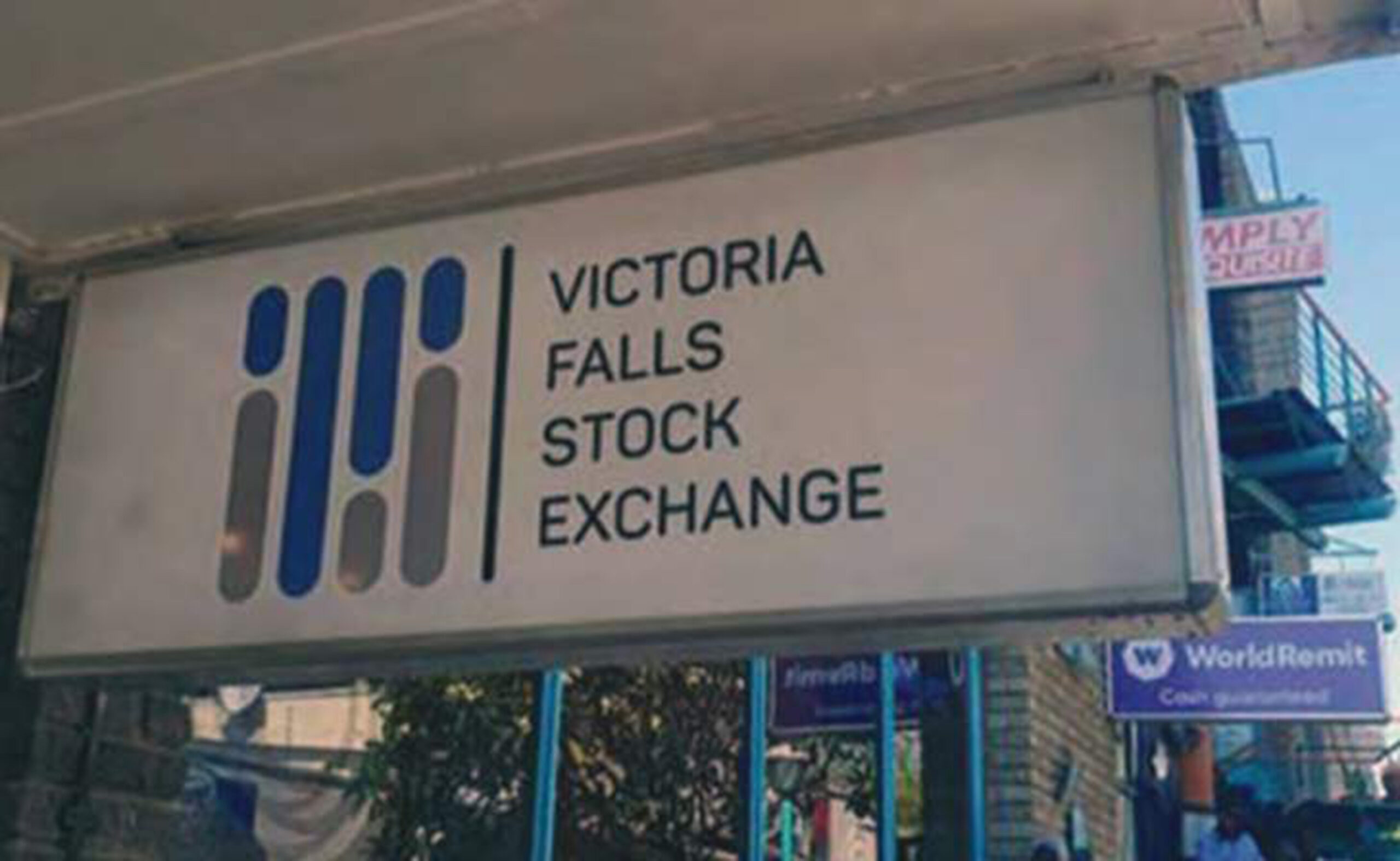
LAST week we published the Zimbabwe economic highlights from the 2022 Q1 Report. Below are excerpts from the same report:
Stock market highlights The Zimbabwe Stock Exchange (ZSE) All Share Index closed the quarter at 15,858.92 points, advancing 47% year to date. Top 10 counters contributed significantly to the overall market’s performance as the Top 10 Index advanced by 54% year to date. The Top 10 and Mining Indices advanced 54% and 28%, ending the quarter at 10,476.38 points and 10,015.94 points, respectively.
Monthly stock market returns largely outperformed month-on-month inflation in the first quarter of the year as illustrated by the diagram.
The market’s quarter to date performance was largely in the green with majority of the counters on the stock market registering a growth in price compared to their December closing prices.
Following the introduction of the incremental export incentive scheme, which ensures 100% retention on incremental export proceeds appetite for the Victoria Falls Exchange (VFEX) Listing started to increase, particularly in the mining space. Activity on the foreign currency denominated bourse (VFEX) improved during the quarter with volumes traded totalling circa 95,71mn, while total value traded equalled US$5,28million. There was notable interest in Bindura Nickel Corporation as it accounted for most of the trades recorded. Of the total value and volumes traded on the VFEX during the first quarter of the year, Bindura Nickel Corporation contributed 92.70mn (97%) and US$4.62mn (88%) of the totals, respectively.
The first quarter of the year saw the launch of two new Exchange Traded Funds (ETFs) on the ZSE. The three ETFs currently available on the market include the Datvest ETF, Morgan & Co ETF and the Old Mutual ETF. ETF Price growth relatively slowed down going into end of Q1 however overall sentiment was positive. There has also been some profit taking driven by a rally in other asset classes specifically developments in the parallel market.
Property The property market in the country has been undergoing tumultuous phases characterised by high voids, preference for small size ‘tuck shops’ and high concentration. Yields have been averaging between 6% and 9% depending on portfolio composition (retail, residential, office, leisure, hotel and tourism). Demand is seen growing in the SME & Retail property sector types – in line with the general economic trend in the country, wherein a large portion of the population is self-employed or engaged in some entrepreneurial work. However, the sector is renowned for its unparalleled ability to store value.
Property Investments have defended balance sheets of companies and pension funds during the volatile cycles of hyperinflation and devaluation of the local currency. Statutory Instrument 240 of 2019 approved the extension of Collective Investment Schemes to new asset classes such as commodities, private equity, reits, etfs, venture capital etc. In addition, government set out the guidelines and tax incentives for collective investment schemes that qualify as reits in the 2022 National Budget.
- Chamisa under fire over US$120K donation
- Mavhunga puts DeMbare into Chibuku quarterfinals
- Pension funds bet on Cabora Bassa oilfields
- Councils defy govt fire tender directive
Keep Reading
Stock market drivers The first quarter of the year saw the overall All Share Index rising above the inflation and exchange rate movement, on the back of strong demand primarily from the need for value preservation.
Factors contributing to the positive performance include: Inflationary pressures, exchange rate volatility (local currency depreciation), limited optimal ZWL Investment Options, economic recovery (opening up) post the hard Covid lockdown (translating to improved company performance) and positive/defensive strategies being adopted by companies
Conclusion We recommend that the investor develops a well-diversified portfolio that should mitigate the entire portfolio from sector or asset class specific risks.
The portfolio should be future oriented, long term and selected instruments should be poised for a positive return through both capital gains and dividends, thus meeting the investor’s objective.
It will be prudent to consider about 40% of the portfolio for active trading; this will allow the investor to realise some profits in the event of short-term swings in sentiments in the market, in particular on noncore holdings.
- This document is part 2 of the 2022 Q1 report by the FBC Securities Private Limited.











